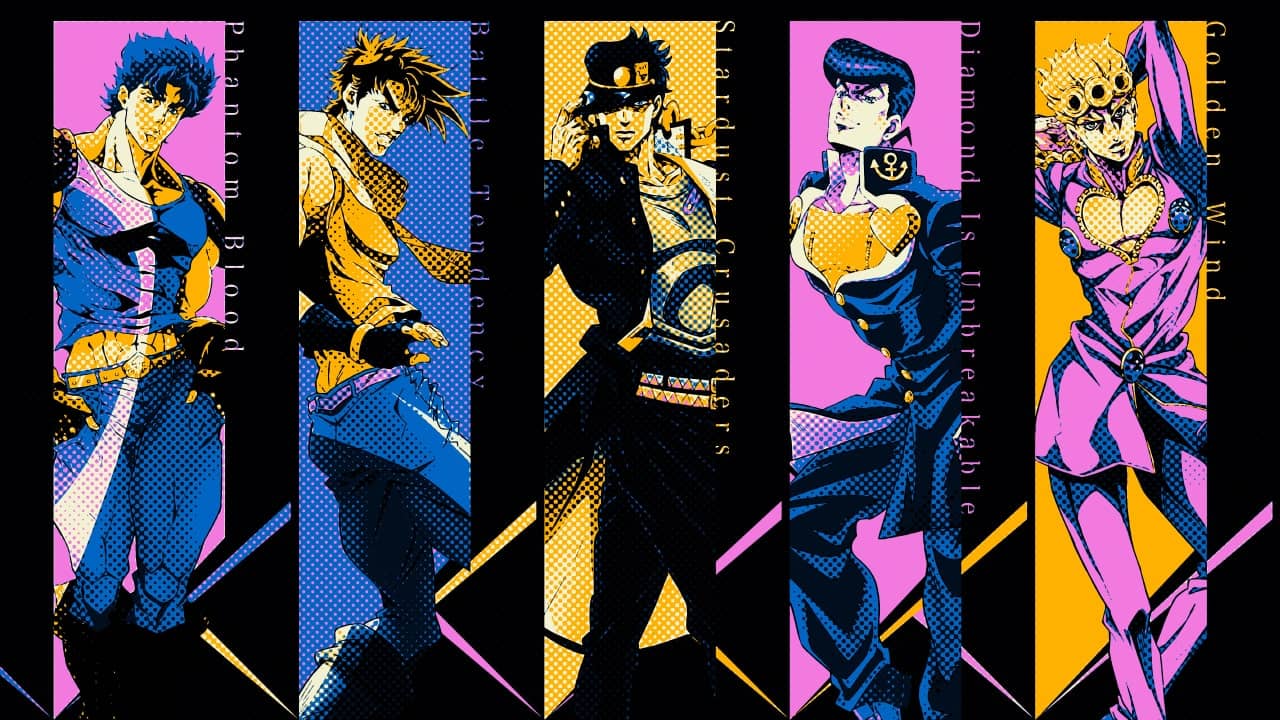Jojo’s Bizarre Adventure is a long-running, one-of-a-kind shōnen manga & anime with a bizarre fan following that it racked up throughout the years. With Hirohiko Araki as the illustrator, the manga was first published in the weekly shōnen jump series on January 1st, 1987. Over two and a half decades later, the manga was then adapted into an anime series, which has been ongoing since 2012.
Jojo’s Bizarre Adventure puts across itself in the most eccentric way possible and has changed the way we view anime altogether, a series that has revolutionized anime with its cool power system, iconic poses & unique character designs, colorful art style, and over-the-top action scenes, but of course, the plot is key in blending all of these elements together and giving us a bizarre adventure as the title suggests.
With such a well-put-together series, it’s no wonder JoJo’s Bizarre Adventure is in the top 15 best-selling manga worldwide, with over 120 million copies sold as of December 2021. Here are some facts that you might have missed while reading or watching Jojo’s Bizarre adventure.
Also Read: Jojo’s Bizarre Adventure Review: A Cultural Masterpiece
1. Bruno Bucciarati’s Voice Actor
Bruno Bucciarati’s iconic voice actor Yuichi Nakamura has voiced some well-known anime characters like Satoru Gojo, Hōtarō Oreki, Satoru (Mumen Rider), Keigo Takami (Hawks), Gray Fullbuster, and many more.

But Yuichi Nakamura was already part of the franchise even before Bruno Bucciarati made his first appearance in the anime. Because Yuichi Nakamura originally voiced Narciso Anasui from two of the most popular Jojo’s Bizarre Adventure video games, Jojo’s Bizarre Adventure: All-Star Battle(2013) & Jojo’s Bizarre Adventure: Eyes of Heaven (2015).
2. Hirohiko Araki’s First Rodeo
Jojo’s Bizarre Adventure wasn’t Araki’s first work. Araki’s journey as a mangaka began when he started drawing manga while he was in 4th grade. Though Araki had a passion for drawing manga, his parents weren’t in support of his dream.
But that didn’t stop Araki at the age of 20 from making his debut as a mangaka, where he published his first manga, which was a one-shot, Poker Under Arms, for the Tezuka Awards under the name of Toshiyuki Araki.
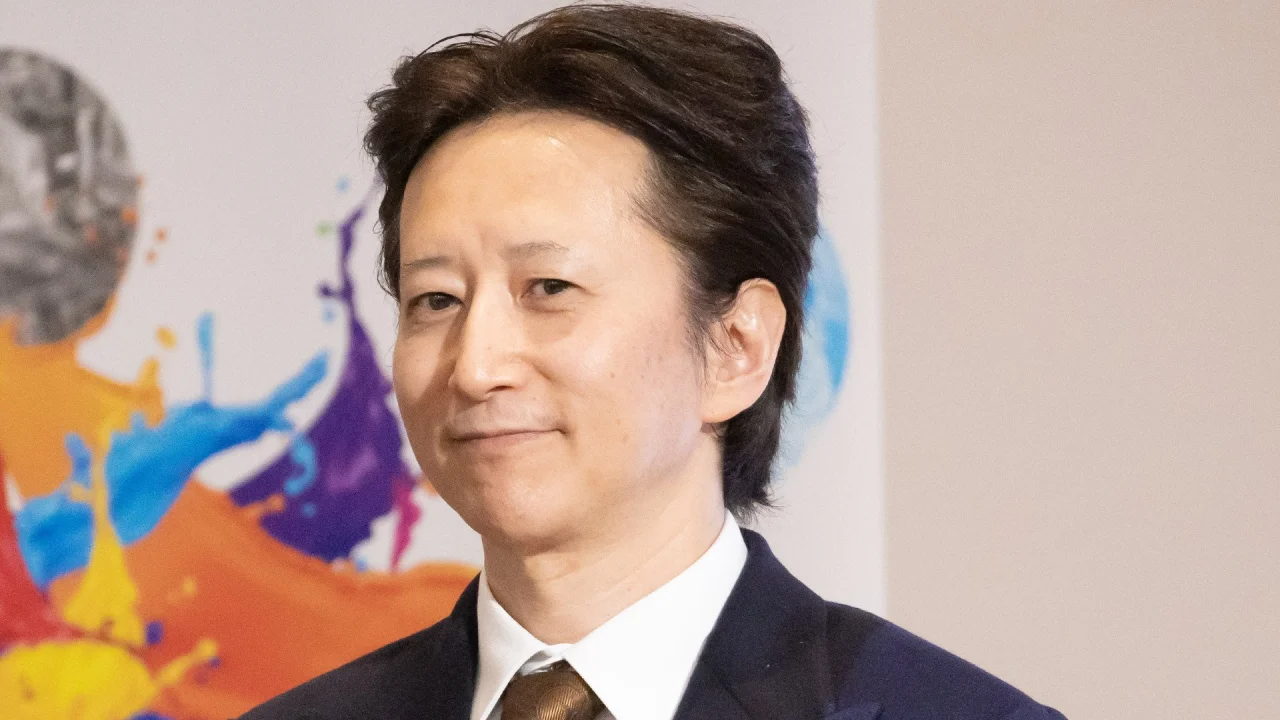
Then in the year, 1983 Araki went on to publish his first Weekly Shōnen Jump serialization, which was Cool Shock BT. In the year 1986, Hirohiko Araki followed his dream and went on to make his magnum opus with Ryosuke Kabashima as his first editor for the series Jojo’s Bizarre Adventure.
3. Inspiration For JoJo Characters
Hirohiko Araki’s creativity knows no bound with his distinctive character designs all across the board. Even so, during the initial making of Jojo’s Bizarre Adventure: Phantom Blood, it’s clear that Araki sought some inspiration at the start of the series.
Araki’s fascination with making characters with unnatural body types for their age was inspired by Sylvester Stallone and Arnold Schwarzenegger for being muscular back in their heyday. Fist of the north star was a popular shōnen jump series way back during the 1980s, and it is very clear Araki took inspiration from it.
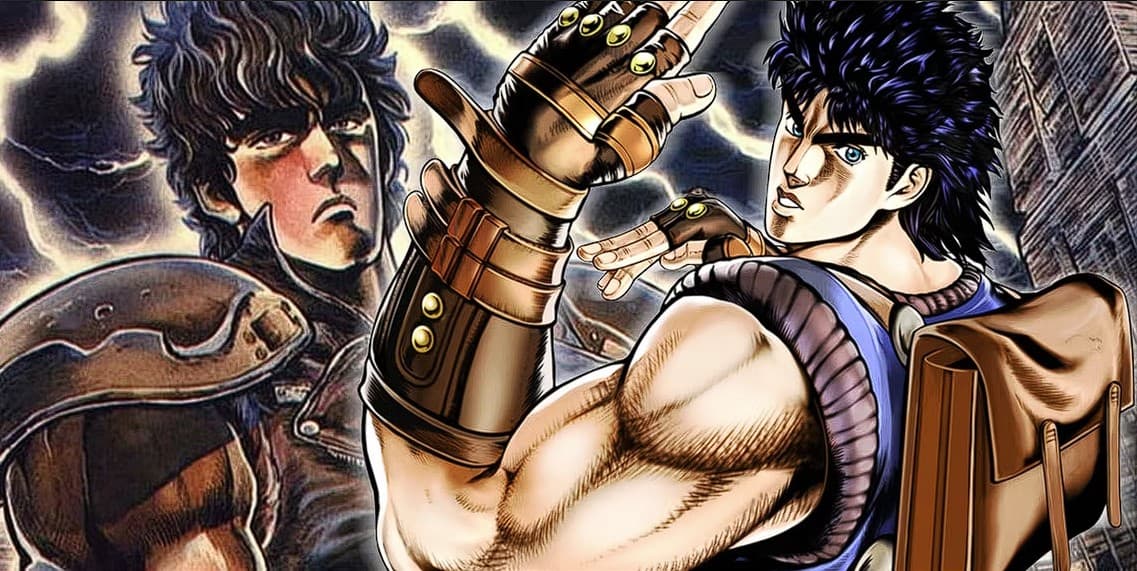
Jonathan Joestar is the spitting image of Kenshiro from the buff body type, hairstyle, and downright to the very personality of the characters. Fans speculate Dio Brando was also an inspiration from Shin as a character from Fist of the north star.
4. A Stand & Hamon User?
Hamon was first introduced in Jojo’s Bizarre Adventure: Phantom Blood, with Jonathan Joestar being the first Joestar to use it, a power system that’s meant to harness sun energy by controlling one’s breathing which acts as a counter to Vampires and later was also used by Jonathan’s grandson Joseph Joestar against Pillar Men in Jojo’s Bizarre Adventure: Battle Tendency.
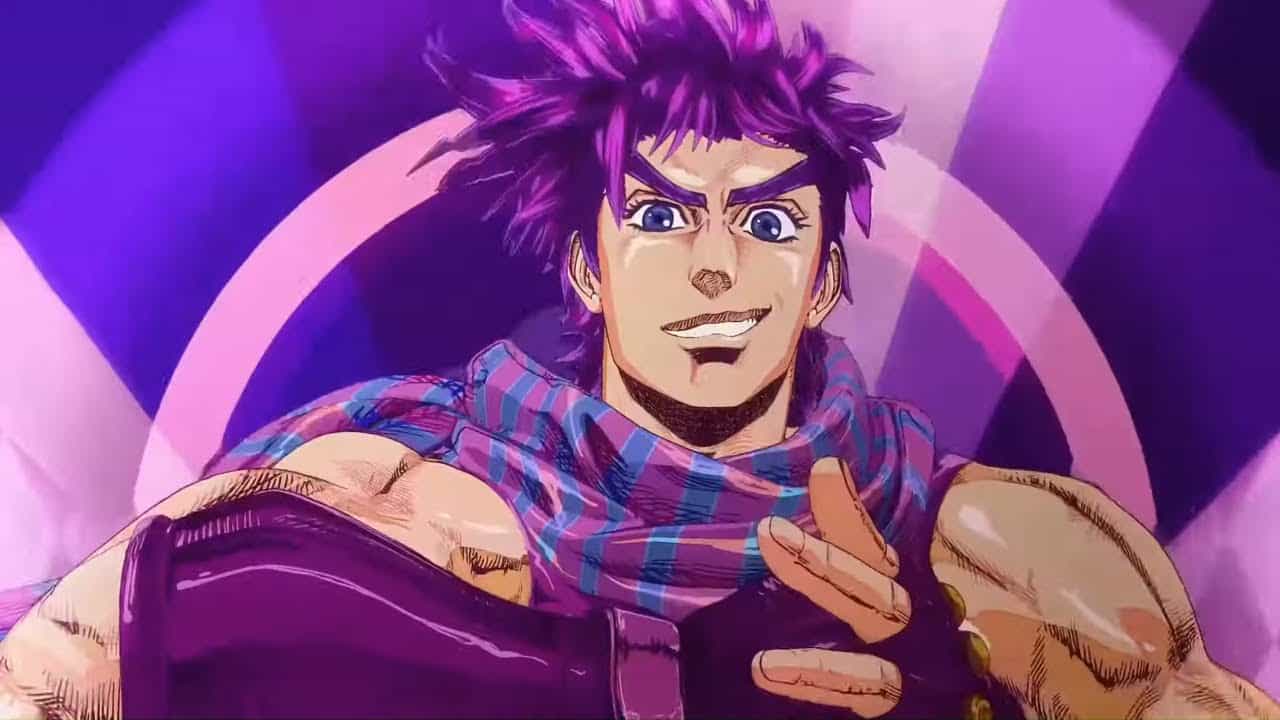
As the story progresses towards Jojo’s Bizarre Adventure: Stardust Crusaders. Joseph Joestar makes his appearance again, but this time as the grandfather of the leading main character Jotaro Kujo. Joseph gains a non-humanoid stand called Hermit Purple. Though the stand may be a bit underwhelming, Joseph Joestar is the only Jojo character that can use both Hamon and a stand.
5. Jojo Part 3 Was Animated Before Part 1
Jojo’s Bizarre Adventure: Phantom Blood, a.k.a. Part 1, was adapted into an anime in 2012. But surprisingly, this wasn’t the first time, as fans would initially believe. Back in 1933, the latter half of Jojo’s Bizarre Adventure: Stardust Crusaders was animated by Studio APPP and were released via VHS and laser discs consisting of 6 episodes of animated content.

Their idea behind adapting the latter half of part 3 first was to pull in new fans by adapting the more exciting parts of the Stardust Crusaders arc
6. Jojo’s Bizarre Adventure Live Action
Yes, in 2016, Jojo’s Bizarre Adventure: Diamond is Unbreakable live-action movie was announced with the collaboration of Warner Bros. & Toho as the co-producers and Takashi Miike as the director. In 2017 the movie was released in Japanese theaters.
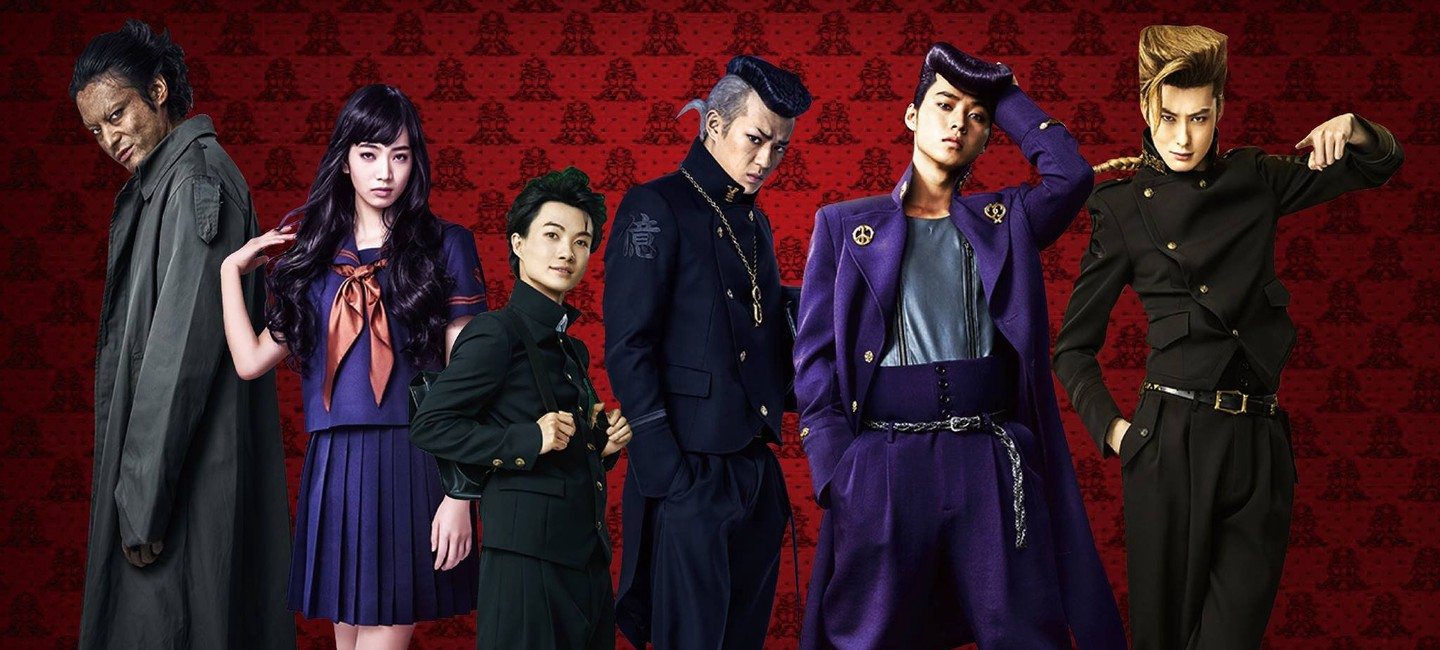
Most anime live actions receive bad reception. The situation wasn’t any different for Jojo’s live-action either. Fans had negative/mixed opinions of the movie even before its release. Things didn’t change even after the release. Even so, fans tend to agree there were some redeeming qualities the live-action movie had to offer that puts it above some of the other anime live-action adaptations from the past.
7. Jojo In Louvre Museum
Louvre Museum in Paris is the most popular museum in the World. On the record as the most-visited museum with 2.8 million visits as of 2021, the museum features a variety of pieces ranging from archaeological finds, historical artifacts, antiques, and other works of art.
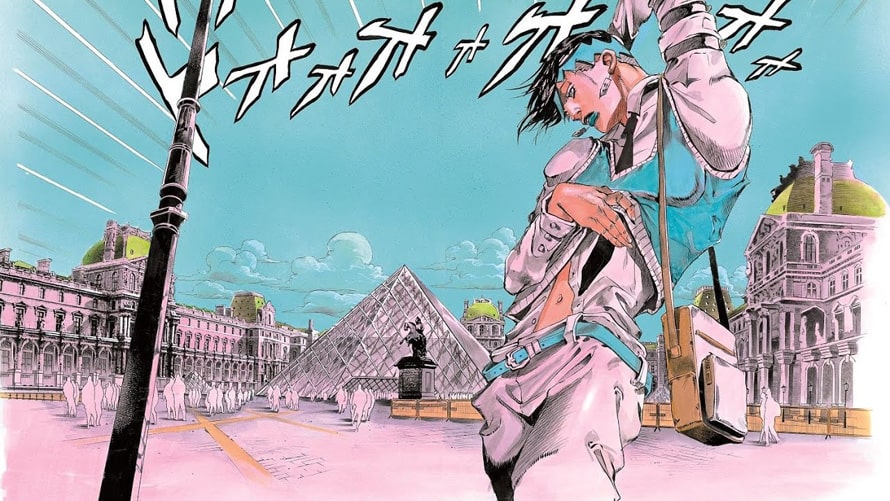
In the year 2009, the Louvre organized an event called “The Louvre Invites The Comics” the exhibit featured 5 artists, and it wasn’t a surprise that among one of them, the illustrative genius Hirohiko Araki was also invited. Araki even created a one-shot called “Rohan at the Louvre” to commemorate the event.
8. Jojo’s Widespread Collaboration
In the initial days of Jojo’s run, Araki tried really hard to keep the series from getting axed due to the lack of popularity. So, Araki had to play by the trends of that time to keep the series alive. Contrary to the past, the global influence Jojo’s Bizarre Adventure had during the later years is insane.
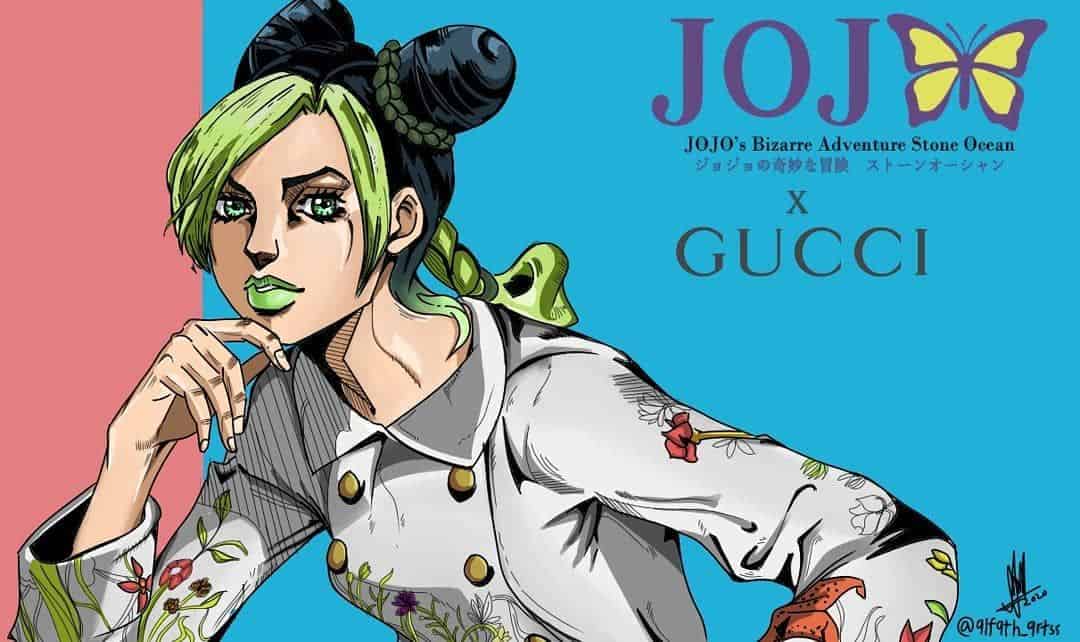
Jojo has had several collaborations over the years. Araki drew a cover for US Biological Journal called Cell, Jojo themed escape rooms was set up in several cities in Japan. Jojo x GUCCI is the most notable one that happened in 2013, for which Araki created 2 one-shot mangas, “Rohan Kishibe Goes to Gucci” & “Jolyne Fly High With Gucci.”
Besides the collaborations, Araki was shown support during the 25th anniversary of Jojo when popular mangaka’s like Kubo(Bleach), Takeshi Obata (Death Note), Eiichiro Oda(One Piece), Masashi Kishimoto (Naruto), and 18 other mangakas celebrated the anniversary with a tribute art. Jojo has come a long way. We are excited to see what Araki has in stock for us.
9. Jojo’s Bizarre Adventure: Light Novels
There have been several Light novels in the series that were written by several individuals throughout the years. They weren’t written by Araki himself. Even so, Araki supported the work by drawing unique art and helping with the release.
- JoJo’s Bizarre Adventure (Novel), written by Mayori Sekijima & Hiroshi Yamaguchi, covers a unique storyline during the events of Jojo’s part 3.
- GioGio’s Bizarre Adventure 2: Golden Heart, Golden Ring, written by Miya Shotaro & Gichi Ootsuka, covers a unique origin story for Jojo’s part 5.
- The Book: JoJo’s Bizarre Adventure 4th Another Day, written by Otsuichi, was intended to be a sequel story for Jojo’s part 4.
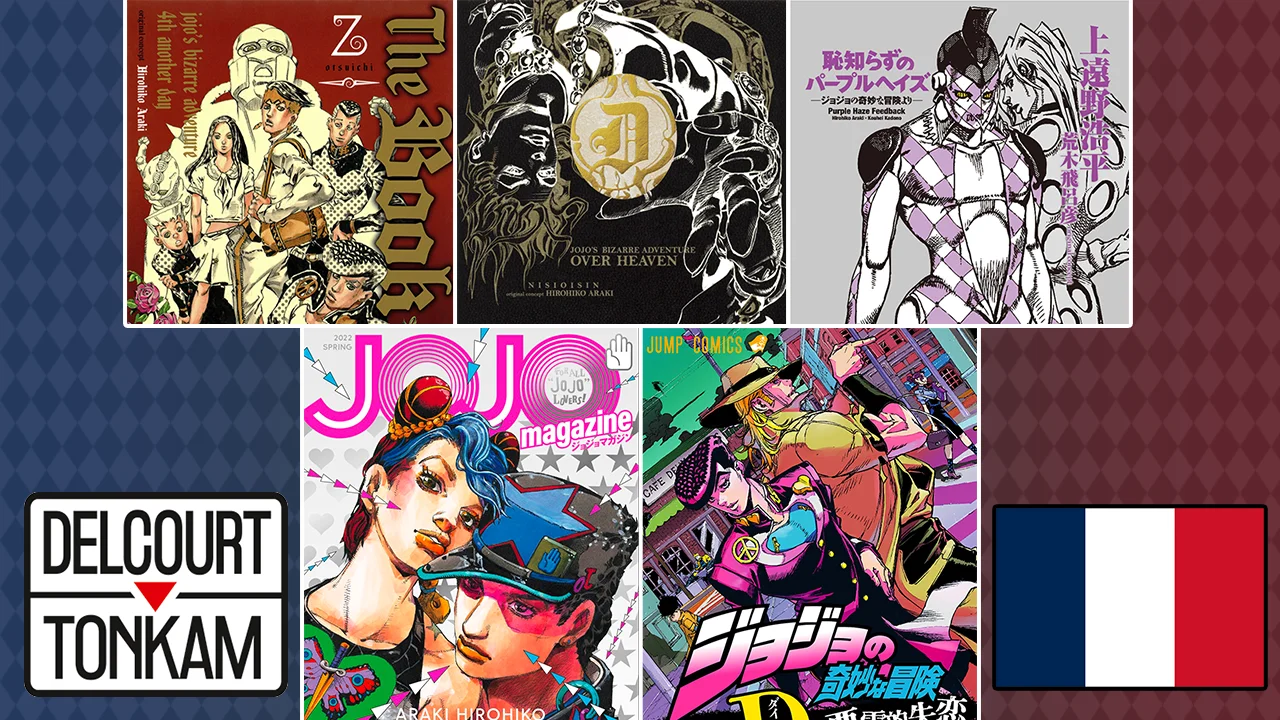
The last 3 were written by popular authors in celebration of Jojo’s Bizarre Adventure’s 25th anniversary.
- Purple Haze Feedback, written by Kohei Kadono, tells the story of Pannacotta Fugo after the events of Jojo’s part 5.
- Jojo’s Bizarre Adventure: Over Heaven, written by Nisio Isin, was meant to be a transcript of Dio Brando’s diary that was shown in Jojo’s part 6.
- Jorge Joestar, written by Otaro Maijo, covers a non-canon story of Jorge Joestar and Lisa Lisa’s love life.
10. How Did The Name Jojo Come To
The name Jojo is quite familiar among manga and anime fans for one reason or the other. Here’s how it came to be, while Araki and his first editor Ryosuke Kabashima were at Denny’s restaurant, they were brainstorming ideas before the start of the series.
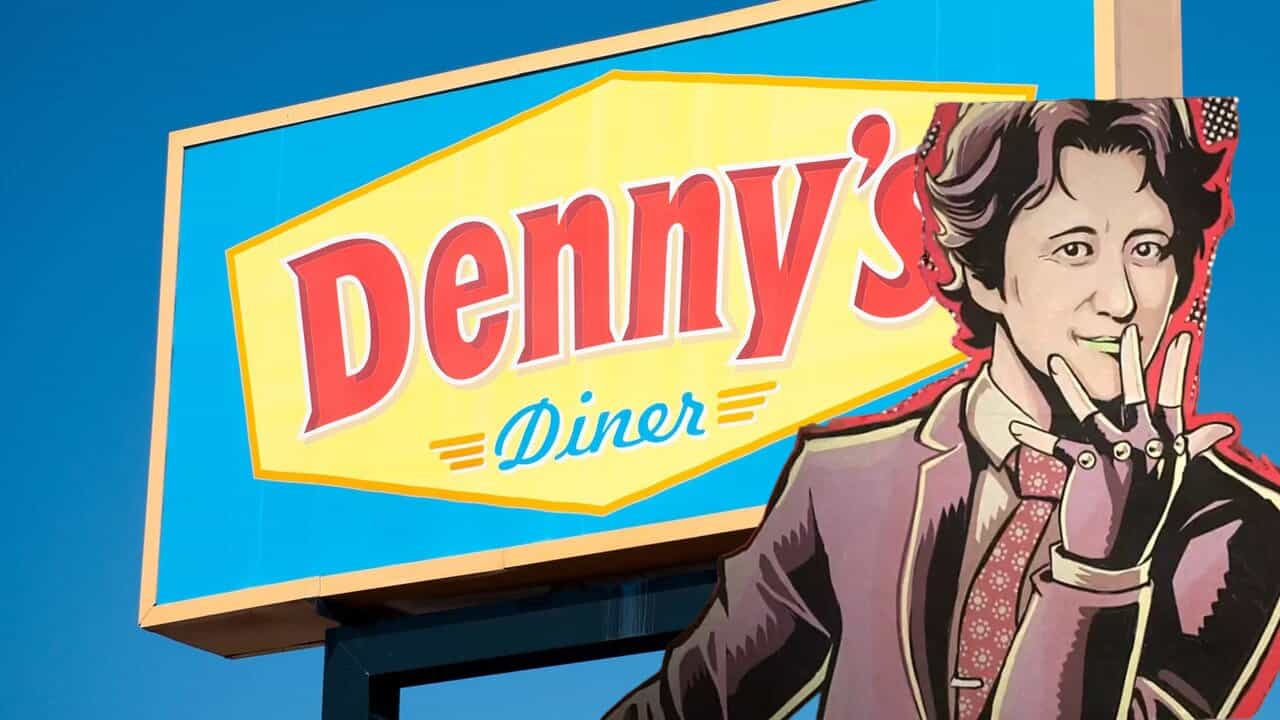
While Araki and Ryosuke agreed on the name Jonathan for the main character, Araki insisted on matching initials similar to Steven Spielberg (SS). But eventually, they came up with Jonathan Joestar, or in short JoJo.
11. Jojo Could Have Ended A Lot Earlier
Jojo’s Bizarre Adventure could have concluded way sooner than where it currently is now. Araki initially planned on ending the series after Jojo’s Bizarre Adventure: Stardust Crusaders as the end of a trilogy. But due to the popularity, the series had been receiving. Araki couldn’t bring himself to end it. Now, Araki is in it for life, providing works of art to hundreds and thousands of his fans to this very day.

12. How Does Araki Design Characters
In Jojo’s Bizarre Adventure: Stardust Crusaders, though it was Araki’s second time designing a stand, he ended up creating the most iconic stand, Star Platinum. Even so, Araki wanted to change up how he creates characters and their associated stand in the future parts of Jojo’s Bizarre Adventure.
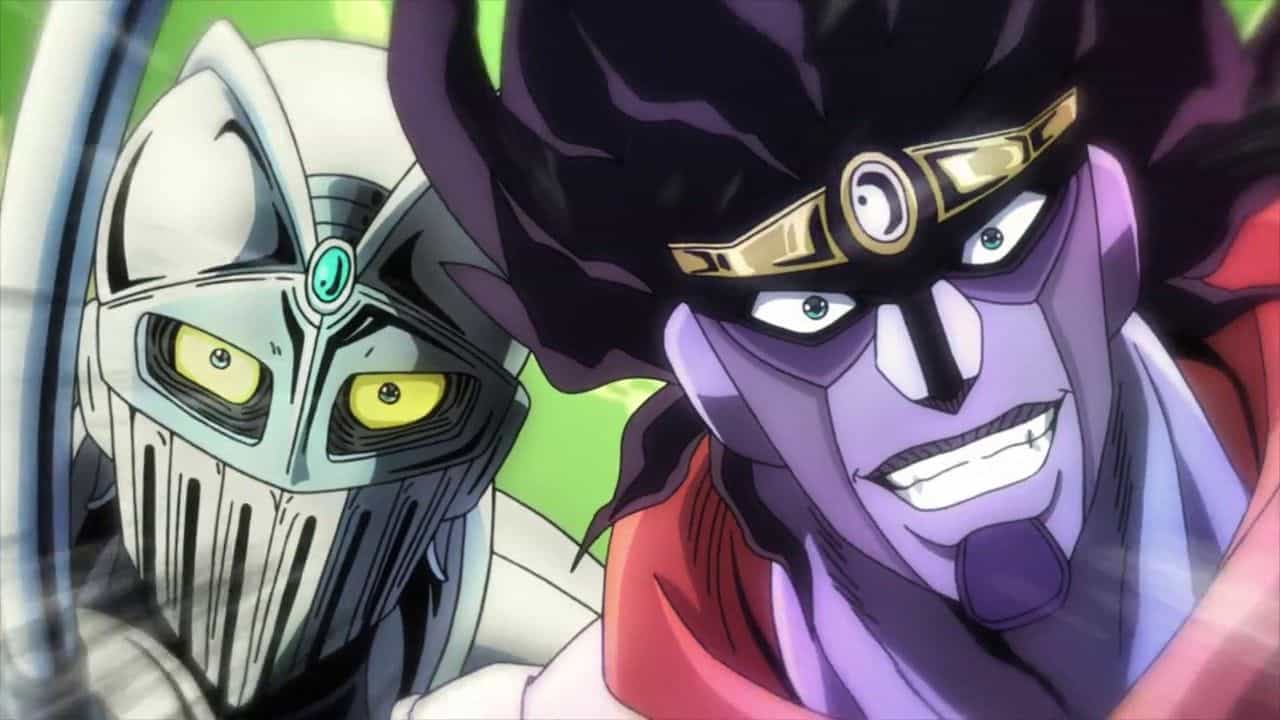
Araki’s new idea was to design the stand even before having a rough idea of the respective stand user’s design itself. Then go on to make the stand user synergize with the stand in terms of personality & appearance to give them the perfect harmony.
13. Mistakes Were Made
Hirohiko Araki made some notable mistakes that left fans confused. As a manga reader, you might have noticed the Joestar tattoo wasn’t implemented in Jojo’s Bizarre Adventure: Phantom Blood and Jojo’s Bizarre Adventure: Battle Tendency. Because back then, Araki didn’t have the idea for it, but he had to implement it in Jojo’s Bizarre Adventure: Stardust Crusaders for plot-specific reasons.

To avoid further confusion among fans, this was corrected in the anime & any callbacks for Jojo’s part 1 & part 2 in the manga. Baron Zeppeli’s grandson Caesar Zeppeli has introduced in Jojo’s Bizarre Adventure: Battle Tendance, though his existence did not make any sense as Araki stated in Jojo’s part 1 that Baron Zeppeli never married or had a family. Araki admitted he had made a mistake and apologized for the confusion.
14. Araki’s Swift Change In Character Designs
Araki focused on characters with muscles throughout the initial trilogy, mainly because the muscular body in Hollywood was a trend back when Araki was drawing manga. So, actors like Sylvester Stallone and Arnold Schwarzenegger influenced Araki to go along with that trend for his own character’s designs.

During the making of Jojo’s Bizarre Adventure: Diamond is Unbreakable, fans could notice the evident change in the way Araki draws characters. That’s because Araki was focusing more on fashion sense than just raw muscles since the muscle trend had fallen off, and Araki had no reason to stick with a not-so-popular trend.
15. A Female Lead in Golden Wind?
Araki’s editor Hiroshi Sekiya at the time of starting Jojo’s part 5, Araki wanted to make a female protagonist but was convinced not to upon listening to his editor’s advice that it would be a tough sell for readers in that era of weekly shōnen jump when female leads weren’t popular whatsoever. Though Araki obliged his editor, He still had the desire to create a female lead.

16. Jolyne Cujoh As A Male?
Hedito Azuma, the editor at the time of starting Jojo’s Bizarre Adventure: Stone Ocean, asked Araki to make Jolyne a male character instead since a female lead wouldn’t work for a manga that was meant for young boys. But Araki insisted on Jolyne being a female protagonist for precisely that reason. Araki was finally able to quench his desire to make a female lead.
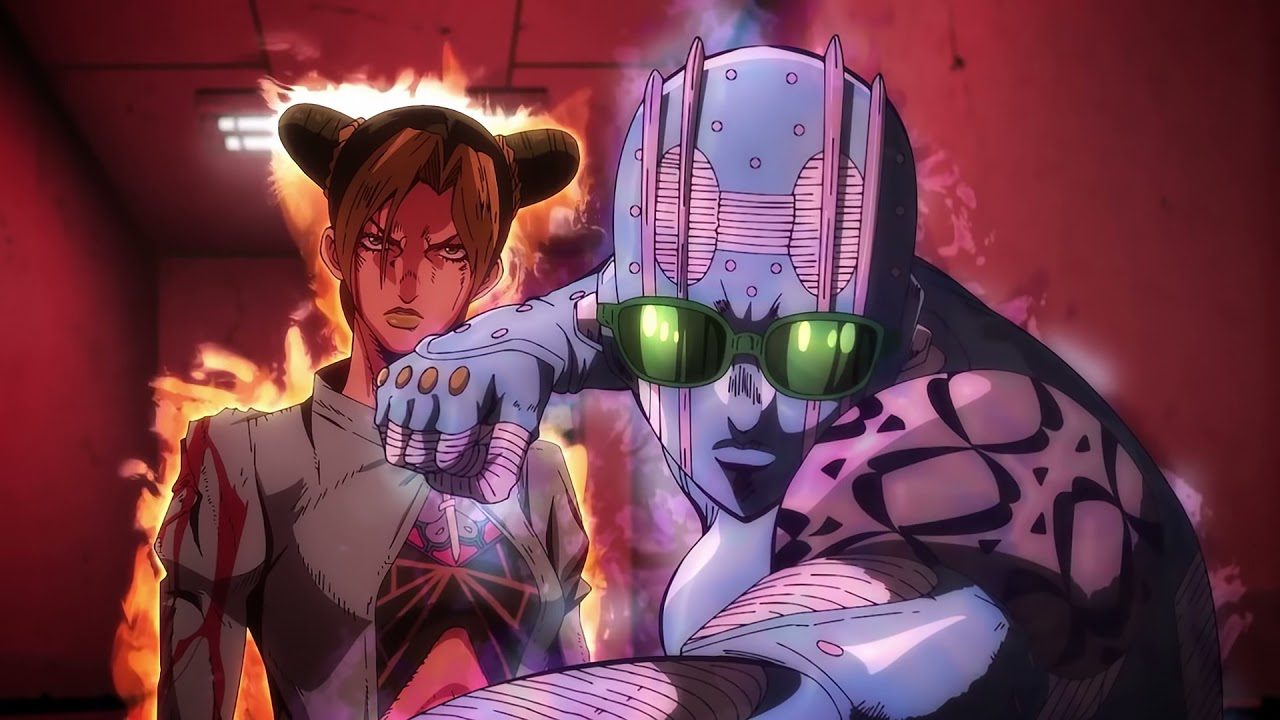
17. “The World” Was Araki’s First Stand
We all know Jotaro Kujo’s stand, Star Platinum, was the first stand that appeared in the series. But Araki had originally made The World, a stand for Dio Brando that showed up much later in the series. The World was initially called “World21” and was designed in contrast to Jotaro Kujo’s stand Star Platinum.
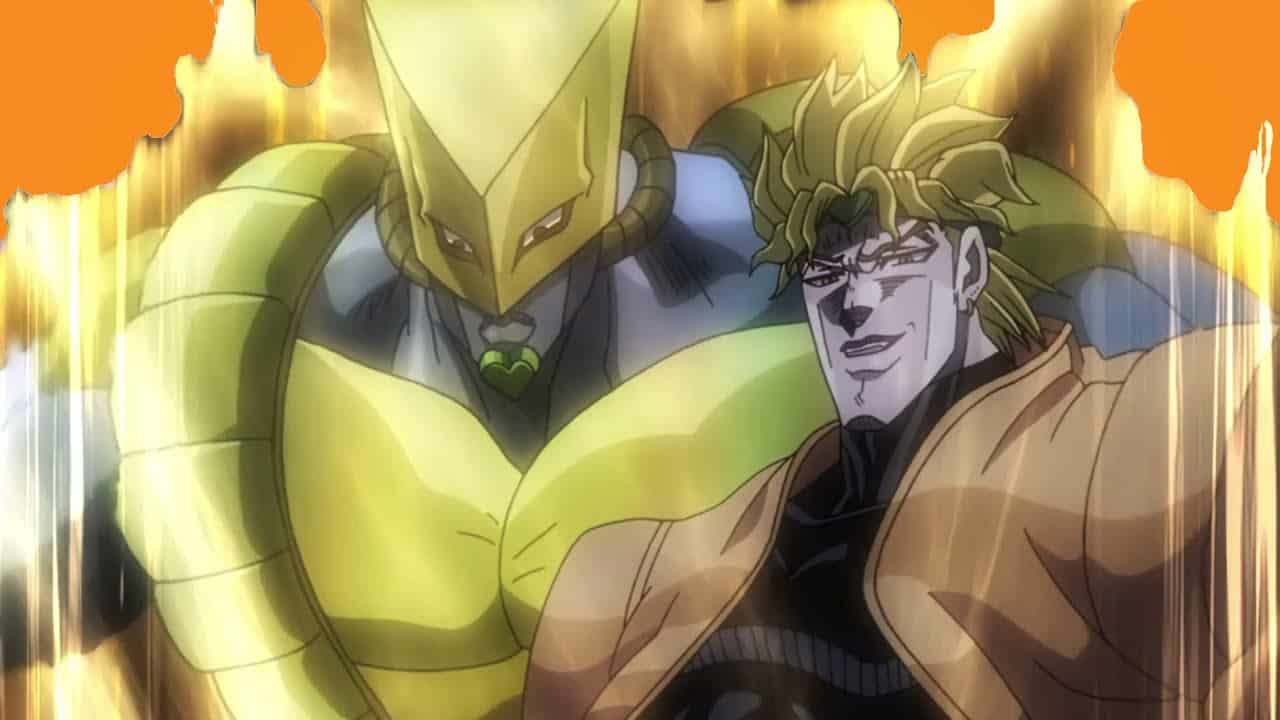
18. Hirohiko Araki Hates This Character?
To think Araki would hate one of his creations shows the amount of depth he puts into creating a character. Vanilla Ice is a villain that appears in Jojo’s Bizarre Adventure: Stardust Crusaders, a stand user with the standability Cream who is also a servant of Dio. In a Q&A, Araki stated that he couldn’t stand the idea of having to draw him.
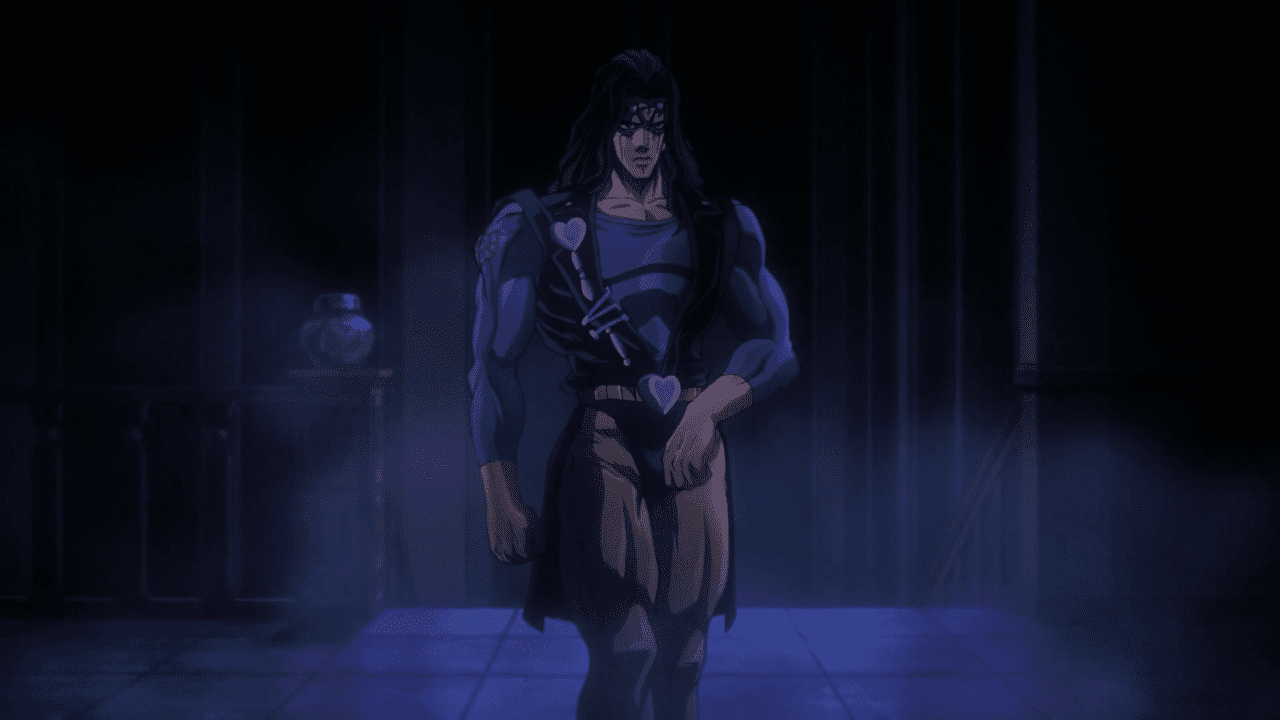
19. Who Is Hirohiko Araki’s Favorite Character?
Araki has created a lot of characters throughout the series with amazing designs, likable qualities in character, and strong motives. But even Araki has his favorites. In 2000, Araki shared his top 10 favorite characters from the series, with Josuke Higashikata being at the top of the list. Araki’s favorite might have changed. Because at the 2019 Lucca Comics Festival, Araki said Shigechi was his favorite character.
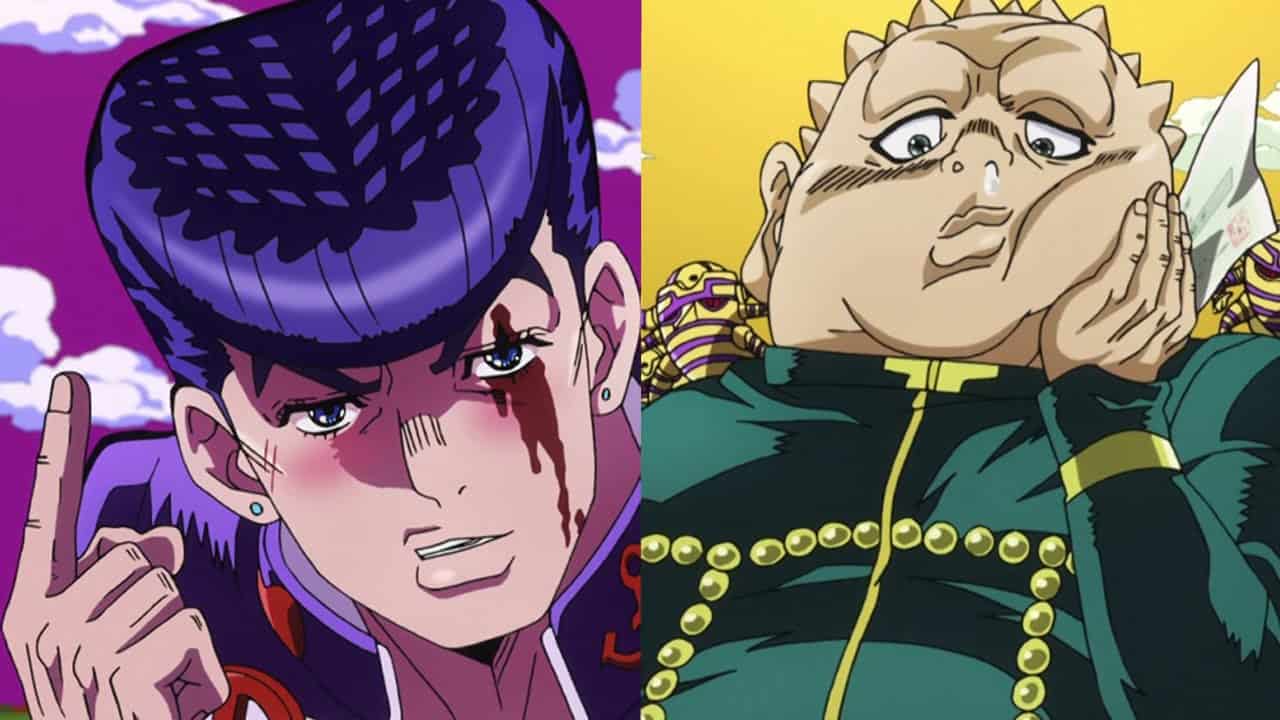
20. Jojo’s Is A Long Running Series
Jojo’s Bizarre Adventure is longer than you think. Would you believe Jojo Bizarre Adventure outdates even One Piece? A series that is infamously known for being too long? Yes, Jojo is ranked 1st in the longest-running shōnen manga series of all time, with 36 years in the making, while One Piece is ranked 4th with 24 years in the making.
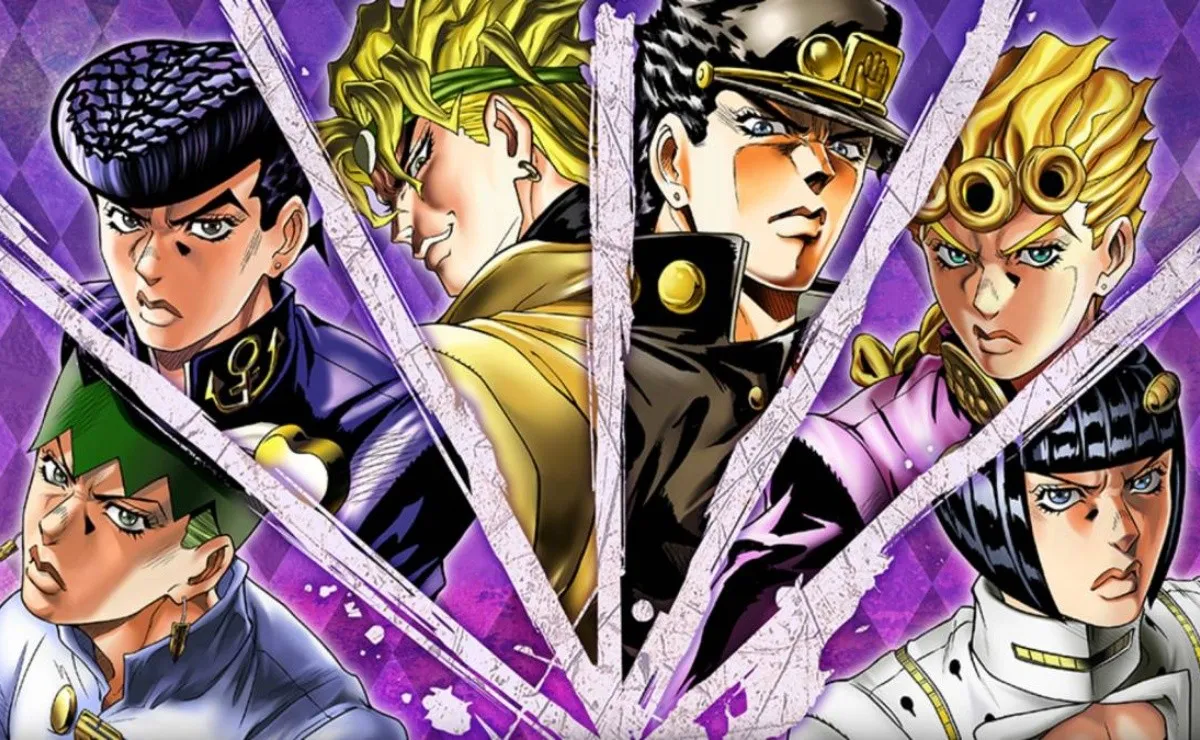
21. The Concept Behind Funny Valentine
Funny Valentine is the 23rd president of the United States in the World of Jojo’s Bizarre Adventure. A character is so patriotic towards his country that he is willing to sacrifice others for the nation’s benefit. Araki wanted to explore different motives for a character to be evil.

And with Funny Valentine, Araki succeeded in making the perfect main antagonist. This is another example of how Hollywood influenced Araki with his series. Because Araki’s idea of making a president the main antagonist was thanks to the movie Independence Day.
22. Joseph Joestar And Plane Crashes
Jojo’s Bizarre Adventure: Battle Tendency to Jojo’s Bizarre Adventure: Stardust Crusaders, Joseph Joestar has quite the record for being in plane crashes. For someone that had been in a total of 4 plane crashes, from what we know, it is a curse but also a blessing he survived it.
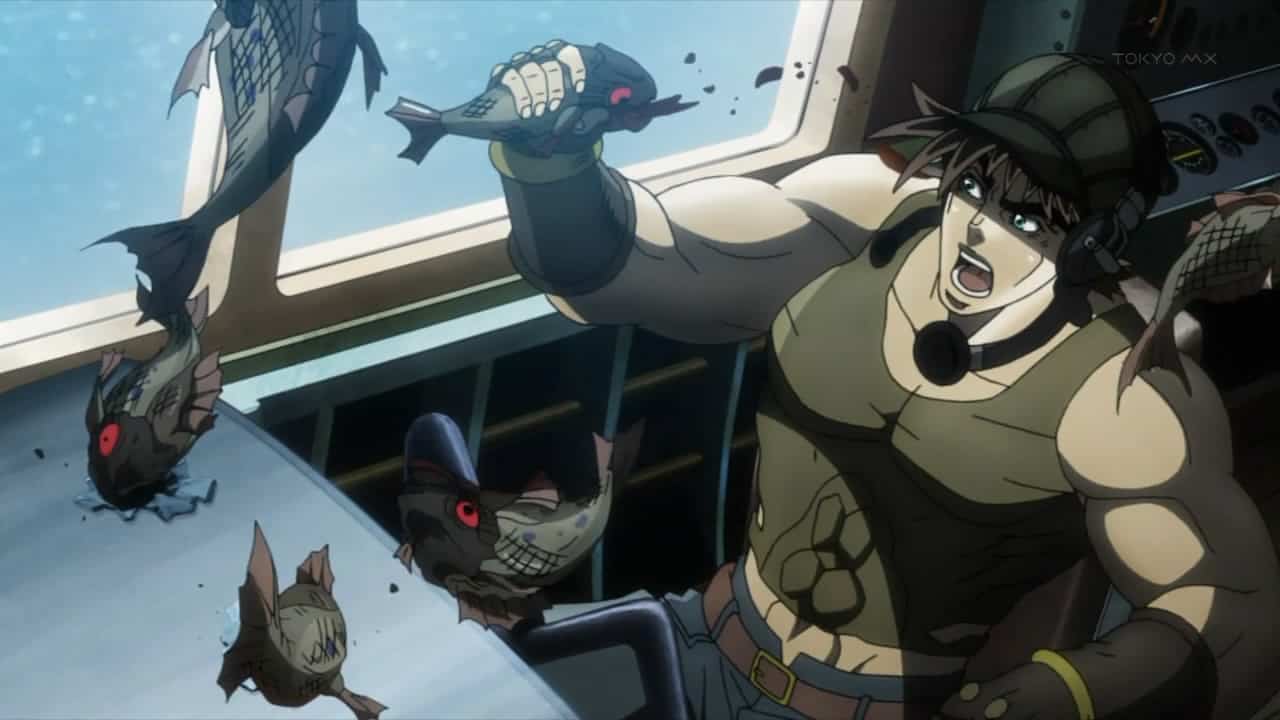
With all the odds stacked against Joseph Joestar, Araki confirmed Joseph is still alive during the events of Jojo’s Bizarre Adventure: Stone Ocean. Joseph must have learned his lesson by staying away from planes.
23. Pannacotta Fugo Is A Traitor?
Fugo is a character from Jojo’s Bizarre Adventure: Golden Wind. Araki initially planned on making Fugo a spy for Diavolo and having Giorno forcibly kill him as a result. But, Araki at that time was going through a rough period in his life, so he mentally couldn’t bring himself to brand Fugo as a traitor since he was so close to the main cast. Also, for the reader’s sake, Araki instead illustrated Fugo leaving the group willingly.
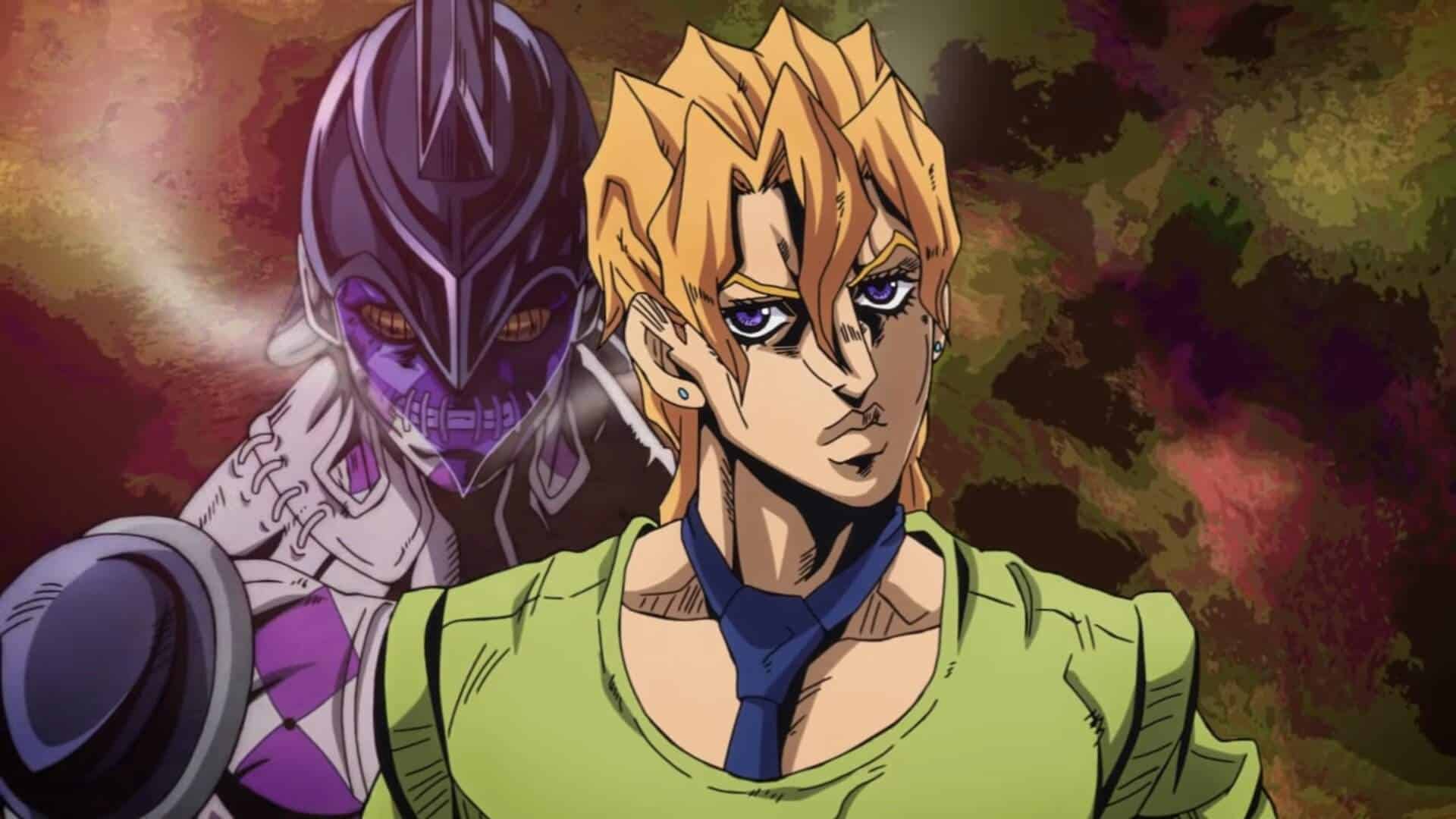
24. Jojo’s Could Have Stopped At Part 1
During the initial serialization of Jojo’s Bizarre Adventure: Phantom Blood, the popularity of the series was alarmingly low. Mainly because it was seen as just another fighting manga with a main foreign protagonist, a frowned-upon concept for the time.
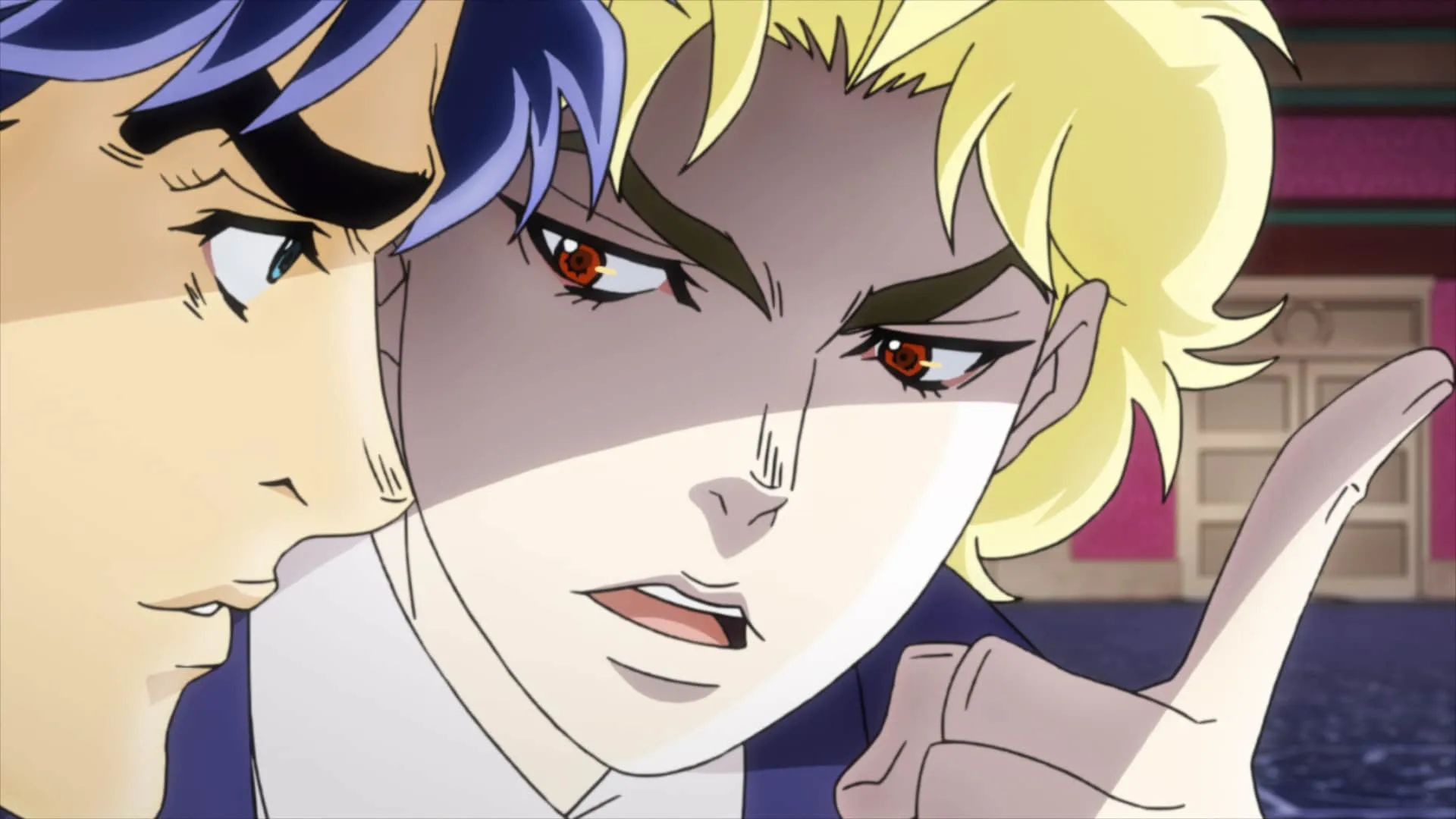
Additionally, the shōnen jump used to be brutal by axing mangas that didn’t perform to their expectations. Because of this brutality, Araki had to request the chief editor several times not to axe Jojo, and thankfully they listened. As we now get to enjoy the greatness, Jojo’s has to offer.
25. Stone Masks Can Awaken Stands?
Stone masks are rare artifacts that transform you into a vampire once it latches onto your face. The same artifact was responsible for creating one of the most iconic villains in the series, Dio Brando. The stone masks were introduced in Jojo’s Bizarre Adventure: Phantom Blood.
But only in Jojo’s Bizarre Adventure: Battle Tendency they played a key role in the introduction of The Pillar Men and the connection they had with these stone masks. But after the end of part 2, the stone masks were a forgotten relic.
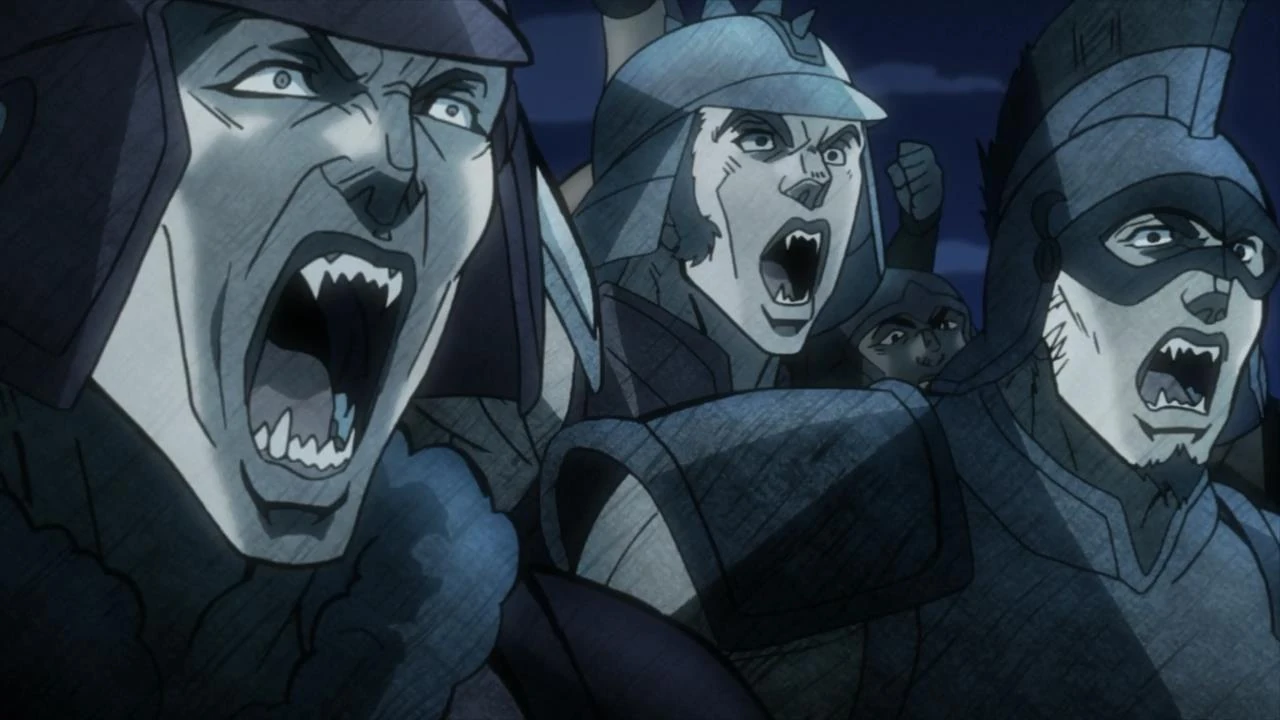
Fast forward to Jojo’s Bizarre Adventure: Steel Ball Run, the 10th volume featured an extra chapter with the mention of the stone masks. It is stated that Stone Masks can awaken stands similar to the Arrow from Jojo’s Bizarre Adventure: Golden Wind.
26. Disabled Representation Through Johnny Joestar
Araki wasn’t planning on designing a disability trait for the main lead. But, Araki wanted to design a protagonist that had to overcome hardship with room to grow physically and mentally while relying on other people. After enough brainstorming ideas, Araki came up with Johnny Joestar, the protagonist of Jojo’s Bizarre Adventure: Steel Ball Run, who suffers from a disability called Paraplegia.
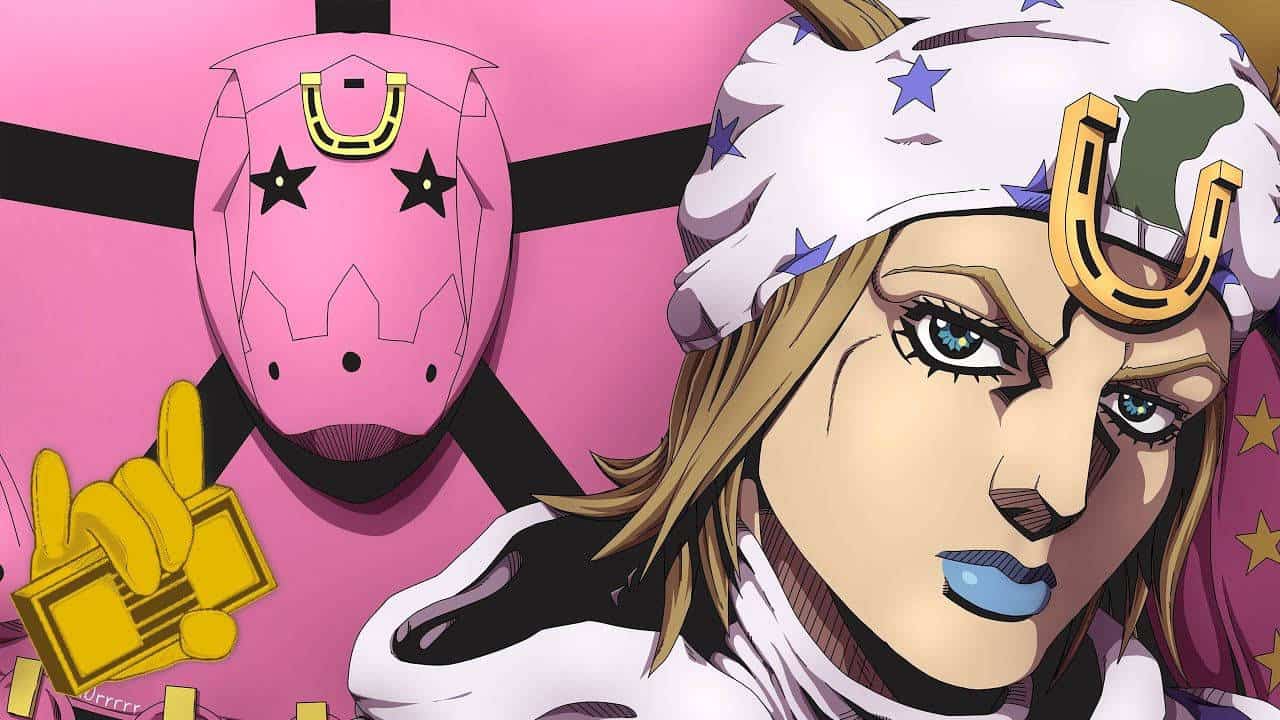
Johnny Joestar is now a huge symbol for the pro representation of disabled people in the manga industry, which should motivate every disabled individual to overcome hardships and follow their dreams.
27. Yoshikage Kira’s Backstory?
Hirohiko Araki planned on giving Kira a sad backstory within Jojo’s part 4 and showing the motives behind the psychotic deeds that he has committed. Yoshikage Kira’s backstory was meant to tell us about his abusive childhood caused by his family members.

But, Araki refrained from doing so as people would end up looking at Kira as a more sympathetic villain rather than an enemy. Araki also stated that he couldn’t do it as the series is tailored toward a younger audience.
28. What Is 6251 In The Artbook: Jojo 6251?
JoJo 6251: The World of Hirohiko Araki is an art book written by Araki himself and was published in December 1993. The art book features several artworks, from Jojo’s Bizarre Adventure: Phantom Blood to Jojo’s Bizarre Adventure: Diamond is Unbreakable.

Additionally, it also featured some of Araki’s past work and an interview. At the time of the art book’s announcement, the Jojo series had covered a total of 6251 manga pages, which explains the title of the art book.
29. Stairway To Heaven
Enrico Pucci is the main antagonist in Jojo’s Bizarre Adventure: Stone Ocean. Pucci is a stand user with one of the strongest stand abilities in the series, Made In Heaven. But it wasn’t always called that.
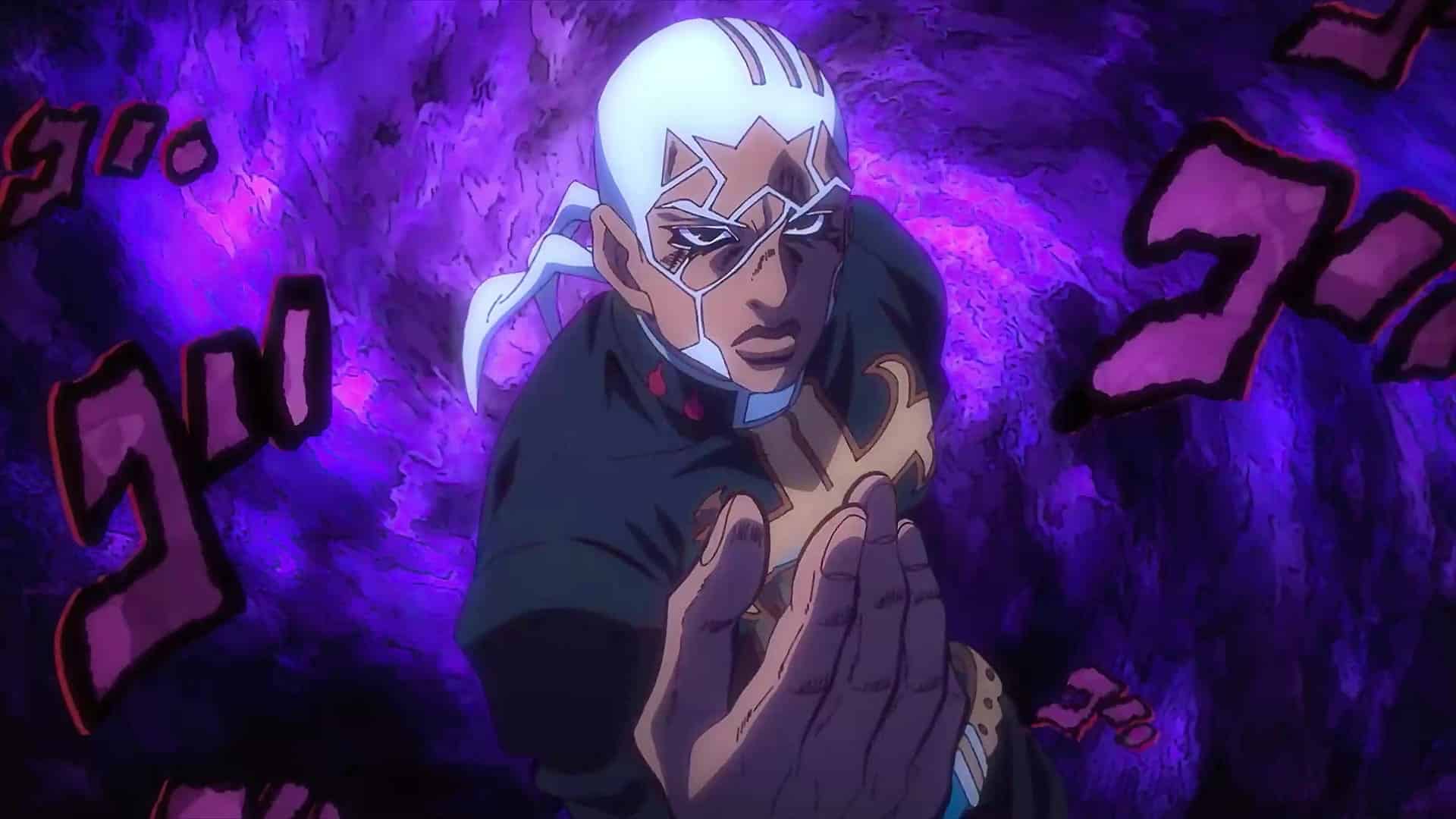
Made In Heaven’s original stand name was Stairway To Heaven. But, Araki changed it in the volume release, as he believed “Made in Heaven” is a more fitting name for what Pucci is trying to achieve.
30. Problems With Jojo Part 7’s Anime Adaptation?
Jojo’s Bizarre Adventure: Steel Ball Run is one of the longest Jojo parts to date. But that’s not the reason behind the problem of animating Jojo’s part 7. Horses. That’s right, animating a horse is quite complicated, even for a veteran animator.
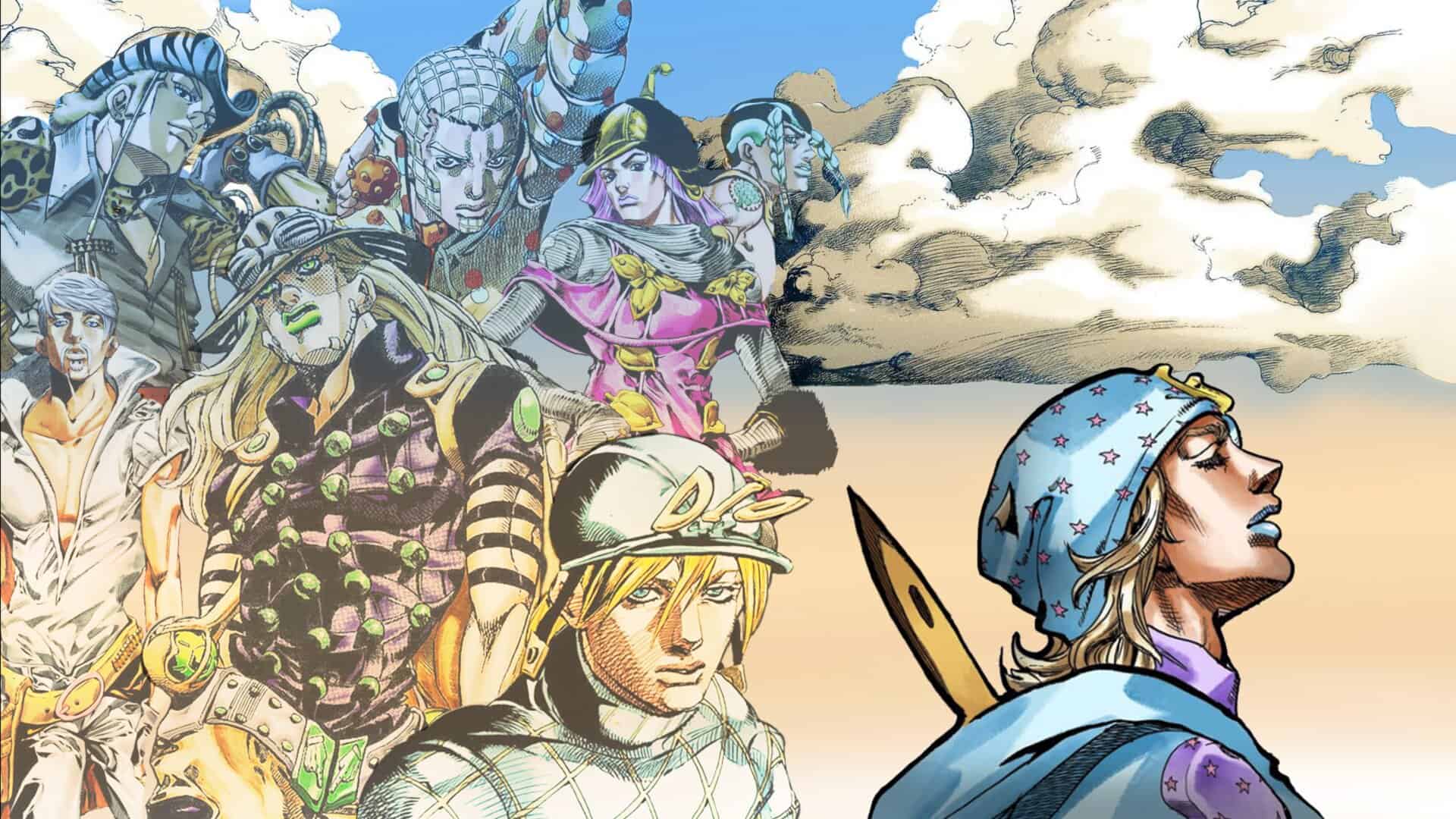
Manga readers would know why this is a problem. Jojo’s part 7 revolves around a 6000 km/3728.23 mi long horse race with over 3000+ competitors. Kohei Ashiya, The former lead animator for Jojo’s Bizarre Adventure, stated it would be very expensive to animate Jojo’s part 7 considering all these factors, and using CGI would break the flow of Jojo’s animation style.
Therefore fans shouldn’t hold their breath, as Jojo’s Bizarre Adventure: Steel Ball Run won’t be getting an anime adaption anytime soon.

